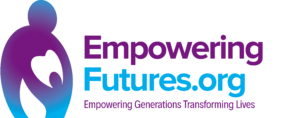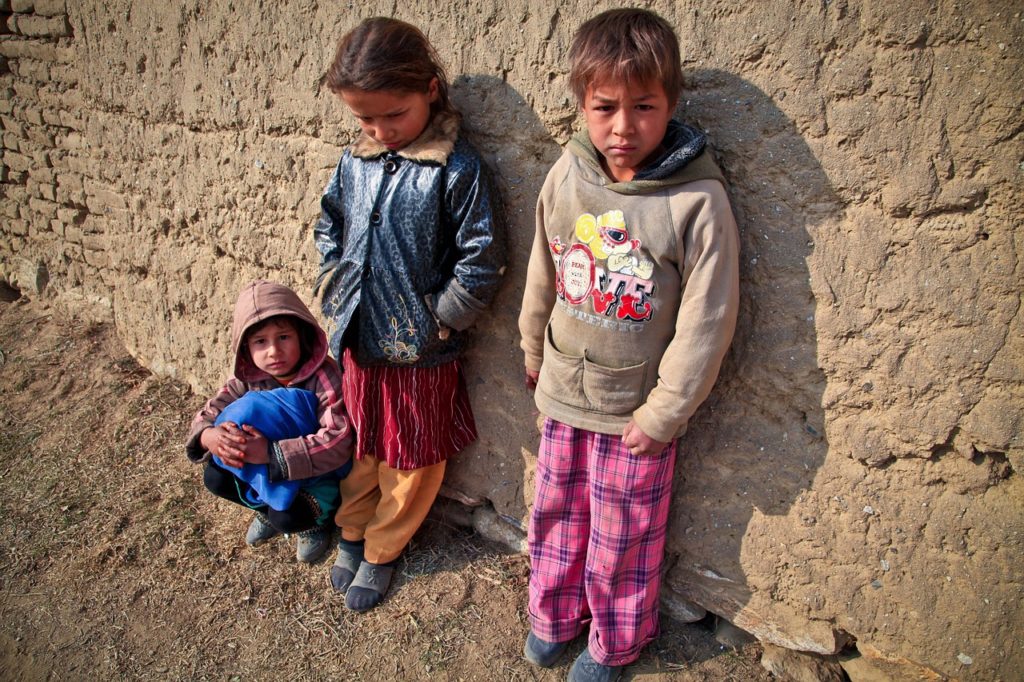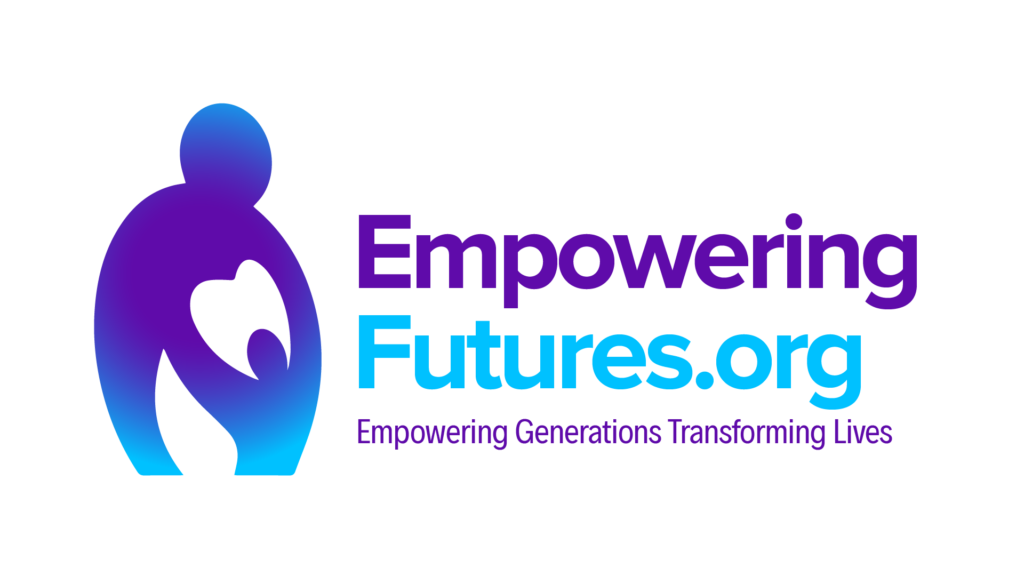
1. Poverty and Income Inequality: According to the World Bank, around 26% of Colombia’s population lives below the national poverty line. Income inequality is a significant issue, with a Gini coefficient of 0.513, indicating high inequality.
2. Education Access: While Colombia has made progress in increasing access to education, significant disparities still exist. According to UNICEF, around 10% of children in Colombia between the ages of 5 and 17 are out of school, with higher rates among rural and indigenous communities.
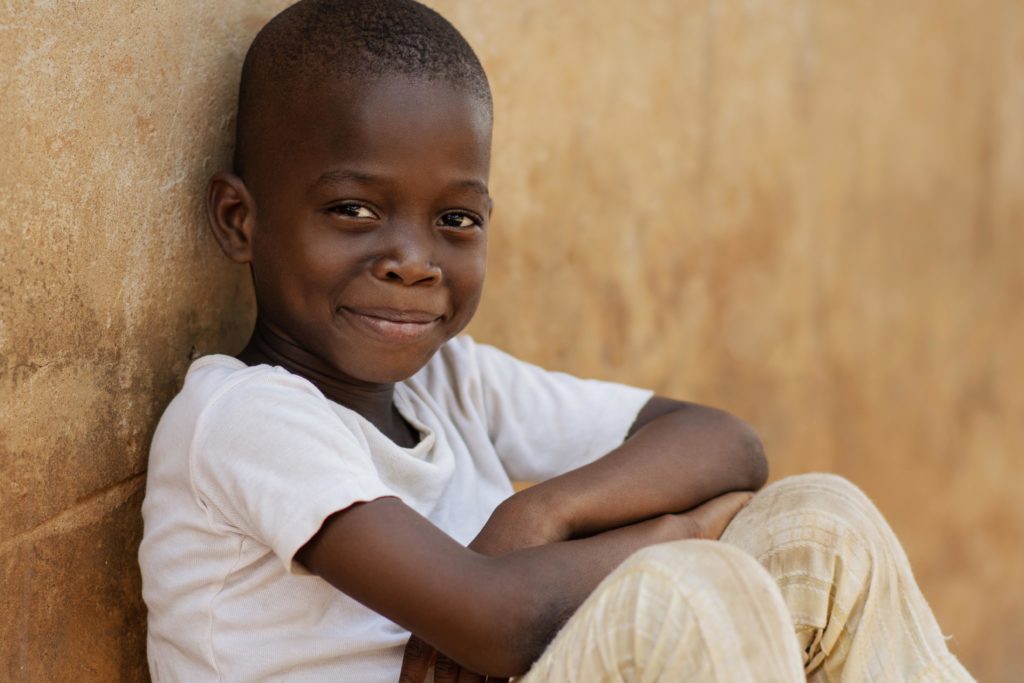
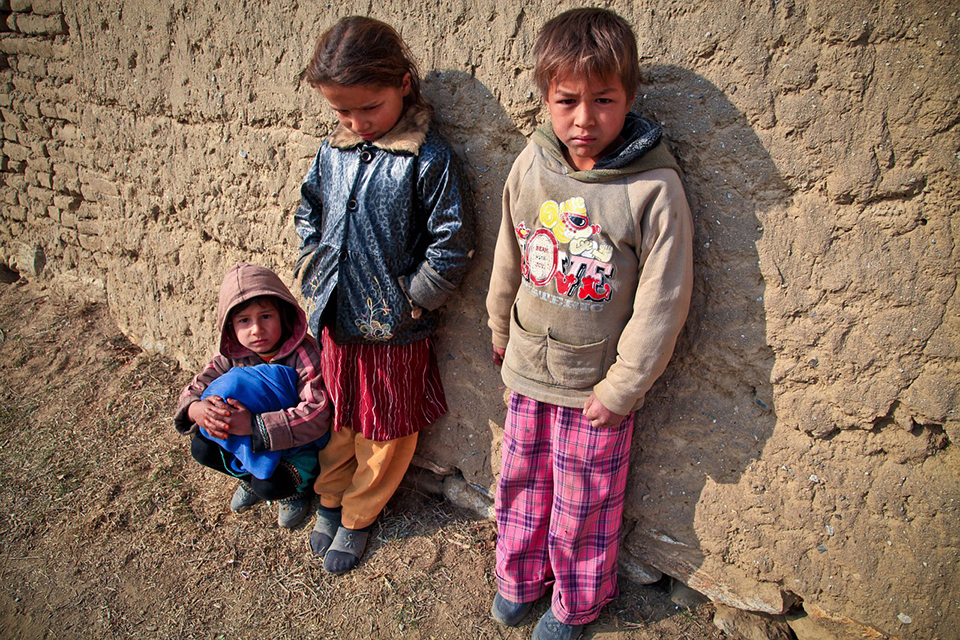
3. Quality of Education: The quality of education in Colombia varies across regions. Rural areas, in particular, face challenges in terms of infrastructure, resources, and qualified teachers. This can affect the learning outcomes and opportunities for children.
4. Early Childhood Education: Access to quality early childhood education remains limited in Colombia. Many children from low-income families lack access to early stimulation programs, which can impact their cognitive and socio-emotional development.
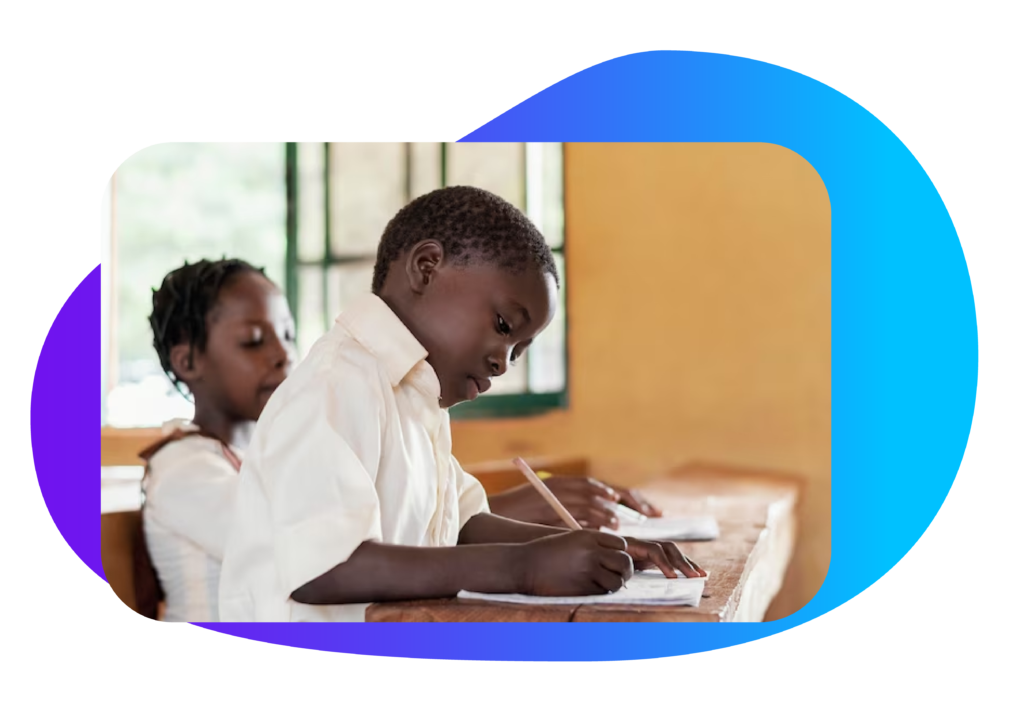
5. Learning Disparities: Educational outcomes are affected by socioeconomic factors, with children from marginalized communities experiencing lower learning achievement. Factors such as limited resources, language barriers, and inadequate school infrastructure contribute to these disparities.
6. Child Labor: Child labor continues to be a concern in Colombia. According to the International Labour Organization (ILO), approximately 8.8% of children between the ages of 5 and 17 are engaged in child labor, often at the expense of their education.
7. Conflict-Affected Areas: In regions affected by armed conflict, such as rural areas and areas with a history of violence, access to education is further limited. Children in these areas face additional challenges, including displacement, lack of schools, and safety concerns.
8. Ethnic and Indigenous Communities: Indigenous and Afro-Colombian communities face higher rates of poverty and educational disadvantages. Limited access to culturally relevant education and discrimination contribute to the educational gaps for children from these communities.
These facts highlight the ongoing challenges faced by children living in poverty and lacking access to quality education in Colombia. Addressing these issues requires concerted efforts from government, NGOs, and international organizations to ensure equal opportunities for all children to thrive and reach their full potential.
